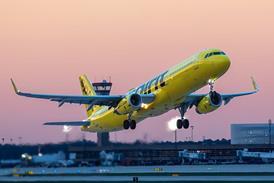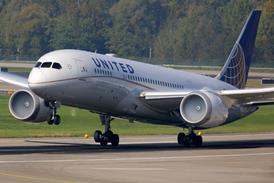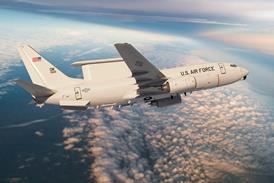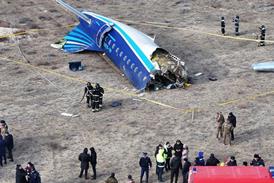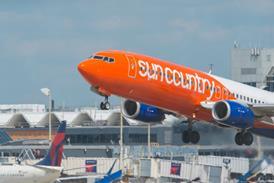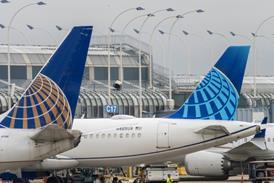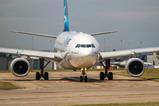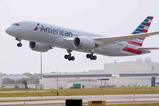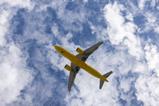Top US airlines report that demand for US-originating international flights remains strong, though data suggest that fewer international travellers are visiting American cities.
Both Delta Air Lines and United Airlines said during recent earnings calls that their international businesses have yet to be hit by slowing growth and market volatility related to the US-ignited trade war on most of the world’s countries.
But some cracks are emerging, particularly for US-inbound flights.
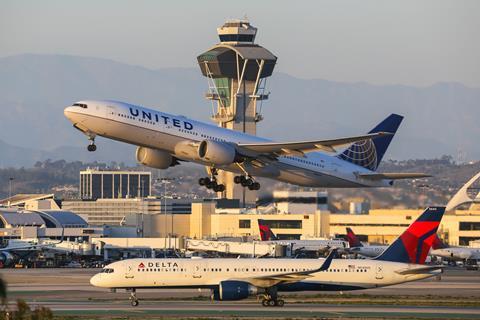
Delta earlier this month warned that its growth has “largely stalled” as it plans to cut passenger capacity and curb fleet and workforce growth, with demand softness apparent in its main cabin on both international and domestic routes.
Company executives said they remain confident in Delta’s core premium and international segments. First quarter revenue generated from flights to Asia-Pacific increased 16% year on year, while flights to Europe and Latin American were up 5% over the prior-year period.
President Glen Hauenstein noted that about 80% of Delta’s sales of long-haul international flights come from US-origin buyers, with bookings strong through the summer months.
”One of the reasons we bias toward US point-of-origin is because the fares that we have been getting out of the US are significantly higher than they are out of the rest of the world,” he said. “Over time, we continue to push the percentage of sales that come onshore to where we sit.”
Delta is watching for signs of lessening demand for “rest-of-world-to-the-United-States”, though such sales ”only represent about 20% of our international point-of-sale revenues”, Hauenstein said.
United, meanwhile, disclosed on 15 April plans to trim capacity from its domestic network in response to slowing demand for flights between US cities.
But demand for international travel is humming along, United executives say. The Chicago-based airline reports that its first-quarter revenue per available seat kilometre increased 4.7% year-on-year for transatlantic flights and 8.5% for flights in the Asia-Pacific region.
Chief commercial officer Andrew Nocella reports “modest declines in non-US-origin passenger volumes for the second quarter”, with United’s traffic originating in Europe down 6% compared with last year.
Canadian-origin passenger volumes in the second quarter are down year-on-year 9%, but Nocella says “US-origin demand has more than compensated for these reductions”.
Data from aviation advisory firm Visual Approach Analytics show that arrivals of European travellers to the USA declined 7% year on year in the first quarter – and 17% year on year in March.
Courtney Miller, founder and managing director of Visual Approach, said in a 17 April report that both United and Delta “posted strong RASM numbers that moved in the opposite direction of the strong negative moves in international travel inbound to the US”.
“The reason is simple,” Miller says. “Global travellers are avoiding the US, but American travellers are not avoiding the world.”
A more complete picture of demand for international airline seats will be provided on 24 April, when American Airlines reports first-quarter earnings results.



